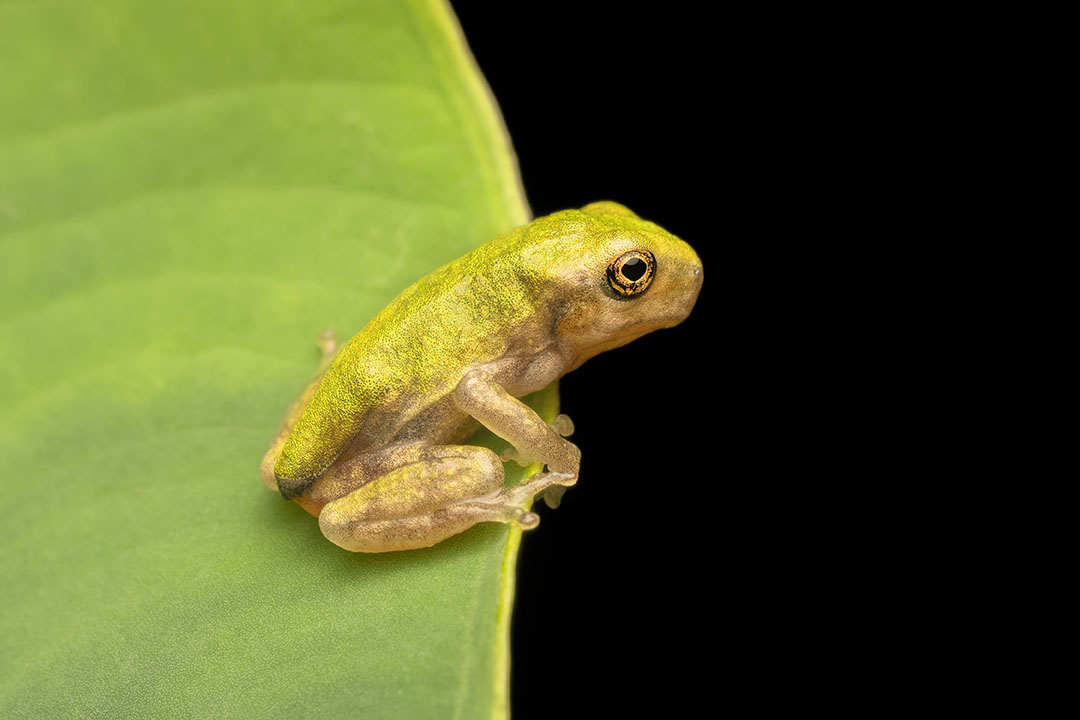
< Back
froglet
Definition
A froglet is a juvenile frog that has just undergone metamorphosis from a tadpole. Froglets are typically small, ranging in size from a few centimetres to a few inches. They have smooth, moist skin, long back legs, and a long tongue. They can breathe air and eat insects.
Froglets typically live in shallow water or near water, and they often hide under leaves or other objects. As froglets grow, they will develop larger back legs, lose their tails, and become more independent. They will also start to develop the bright colours that are often seen in adult frogs.
The transition from tadpole to froglet is a complex process that involves a number of changes in the frog's physiology and behaviour. These changes are controlled by hormones, and they allow the frog to adapt to its new life on land.
How can the word be used?
The froglet was still very small.

Different forms of the word
Noun: froglet, froglets.
Adjective: froglet.
Etymology
The word "froglet" comes from the Old English word froggel, which means "young frog". The Old English word froggel is made up of the word frogga, which means "frog", and the diminutive suffix -el, which means "small".
Question
What is a froglet?
AQA Science Exam Question and Answer
Question:
Explain the concept of a froglet and the key developmental changes it undergoes during this stage.
Answer:
During the frog's life cycle, the froglet stage represents a critical transitional phase between the tadpole and the adult frog. At this point, the tadpole has developed hind limbs, resembling tiny legs, while the front limbs begin to emerge. The tail, once crucial for swimming, undergoes resorption as the froglet adapts to a more terrestrial lifestyle. These changes mark the gradual shift from an aquatic to a predominantly land-based existence. Additionally, the digestive system of the froglet transforms to accommodate a carnivorous diet, preparing it to hunt and consume insects and other small prey. Physiological adjustments, such as lung expansion and changes in skin structure, facilitate efficient oxygen intake from the atmosphere rather than relying solely on gills. The metamorphosis into a froglet equips the organism with the necessary adaptations to survive in a more diverse and challenging environment.